Why Pure Skies air cleaners can cover large areas
Apart from Pure Skies, every other air cleaning solution in the market today is limited by a small area of coverage.
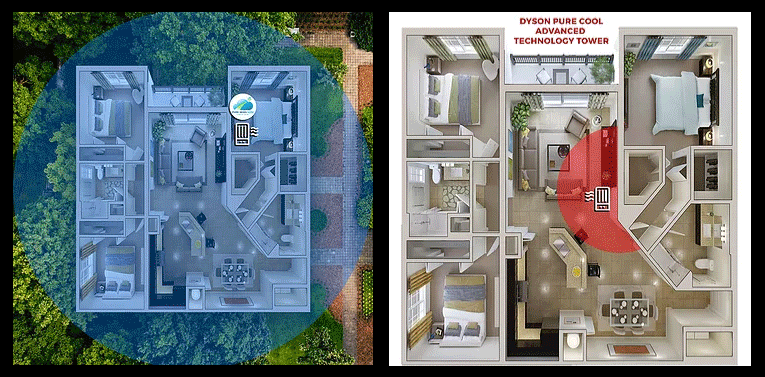
HEPA or PECO filter-based air purifiers, for example, are useful for improving indoor air quality but only cover a few hundred square feet. To clean the indoor air in an entire flat, home, office, or building, one or more units would be needed for each room or occupied area.
And yes, the filters are expensive to replace (every 6-12 months), equalling the cost of the air purifier within 4-5 years.
Noise from the fans in filter type air purifiers, or “ESP chatter” from ESP type of HVAC filters, can be bothersome. So much so that most indoor air purifiers are operated at a low fan speed – meaning only a small area gets covered. Noisy ESP type units are not practical for the hospitality or entertainment industries, where the guest experience is important.
What about the area of coverage for outdoors?
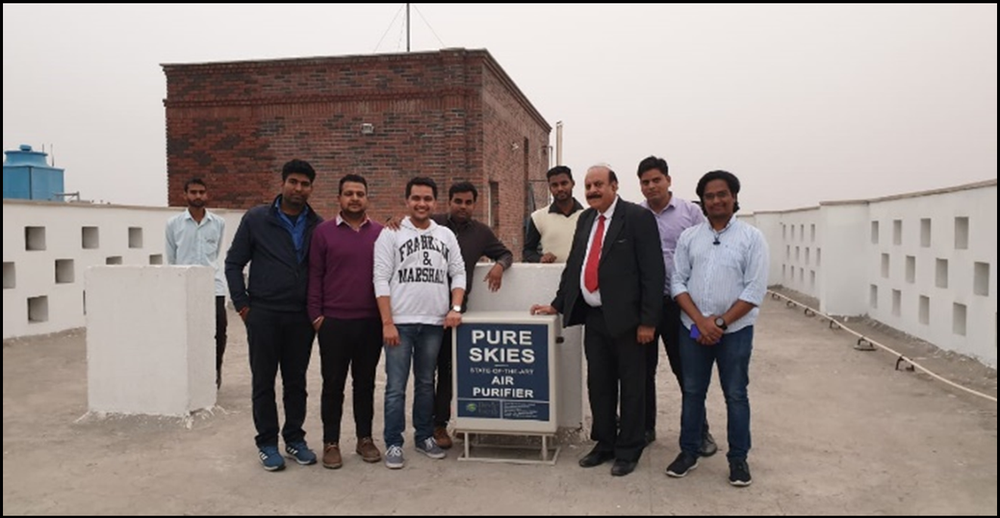
For improvement of outdoor air quality, there is no viable solution that provides a large area of coverage except for Pure Skies.
Pure Skies – the widest area of coverage of any air pollution control system
The state-of-the-art air pollution control equipment from Devic Earth is designed with the end-users and their requirements in mind.
For indoor air, Pure Skies can easily cover not only cover the complete floor, but even multiple floors in your building, office, or home.
For outdoor air quality, Pure Skies covers large areas easily thanks to our point-to-point network of pulsed Wi-Fi (radiofrequency energy) systems. Setting up a Pure Skies network is as easy as installing Wi-Fi routers.
How does Pure Skies create such a wide area of coverage?
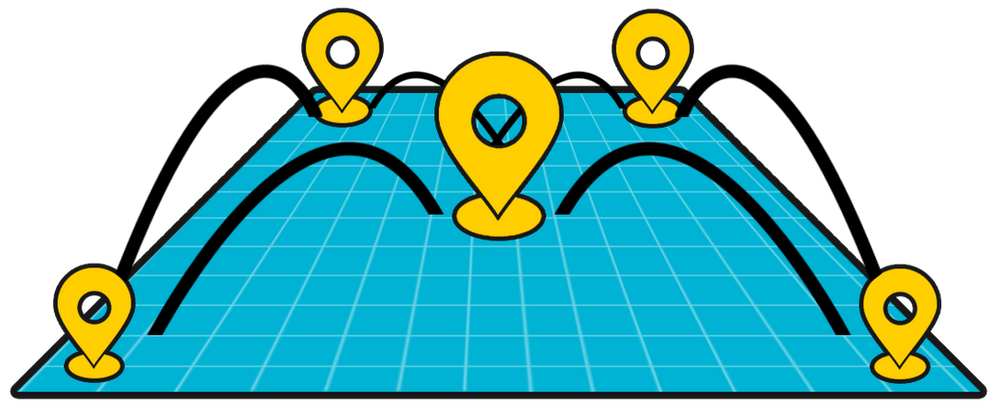
The answer lies in the point-to-point network that the Pure Skies system creates with the help of its base stations and extender units.
To imagine this in simpler terms, you could relate to the extended network system used in wireless data communication, wherein, the Wi-Fi network extenders (nodes) repeat the signal from your Wi-Fi source (central base station) and extend its coverage across your facility or residence.
Similarly, each Pure Skies extender unit acts as a node and a network of such nodes serves the purpose of covering large areas with good efficiency.
Have you read?
- Work in a factory? Understand how Pure Skies can help you
- ,,Air pollution is a risk factor for COVID-19 mortality
- How can clean air help you cut costs after the lockdown?
Point-to-point networks can cover large areas!
Some of the largest wireless broadband networks extend over 245 km.
Does that mean that a single Pure Skies base station with plenty of extenders would be sufficient to cover any large area such as a huge IT campus or large industrial establishments?
No. Despite the network created with the help of extender units, the base station still remains the driving force/system that ensures good air quality 24/7 at your location.
Depending on the spread of the campus/site and a load of pollutants being addressed, our technical team will suggest the ideal combination of the number of Pure Skies base stations and the extender units required to ensure clean air in your location.
In an outdoor setting, one Pure Skies 9000 with a set of extenders is generally sufficient to cover 1-3 km. For indoor settings, the various Pure Skies models can be configured to cover all of your occupied floor areas.
Lowest cost per unit area of clean air
With such advanced technology and the manifold increase in the area covered, one may expect the price to be several times the cost of traditional filters.
Thankfully, it is the other way round. The cost of a filter-based air purifier or ESP system (for indoors) costs between ₹ 300 - ₹ 700 per unit area covered.
Pure Skies prices are all below ₹ 10 per unit area covered!

.svg)
.webp?width=1080&height=1080&name=Free%20Case%20Study%20Steel%20Plant%20(1).webp)
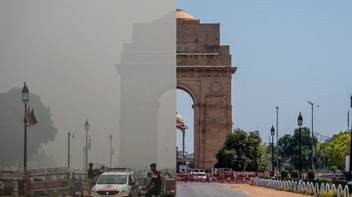
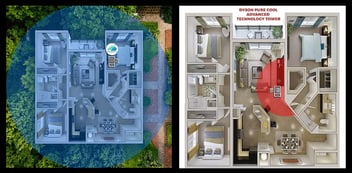





Post Comments